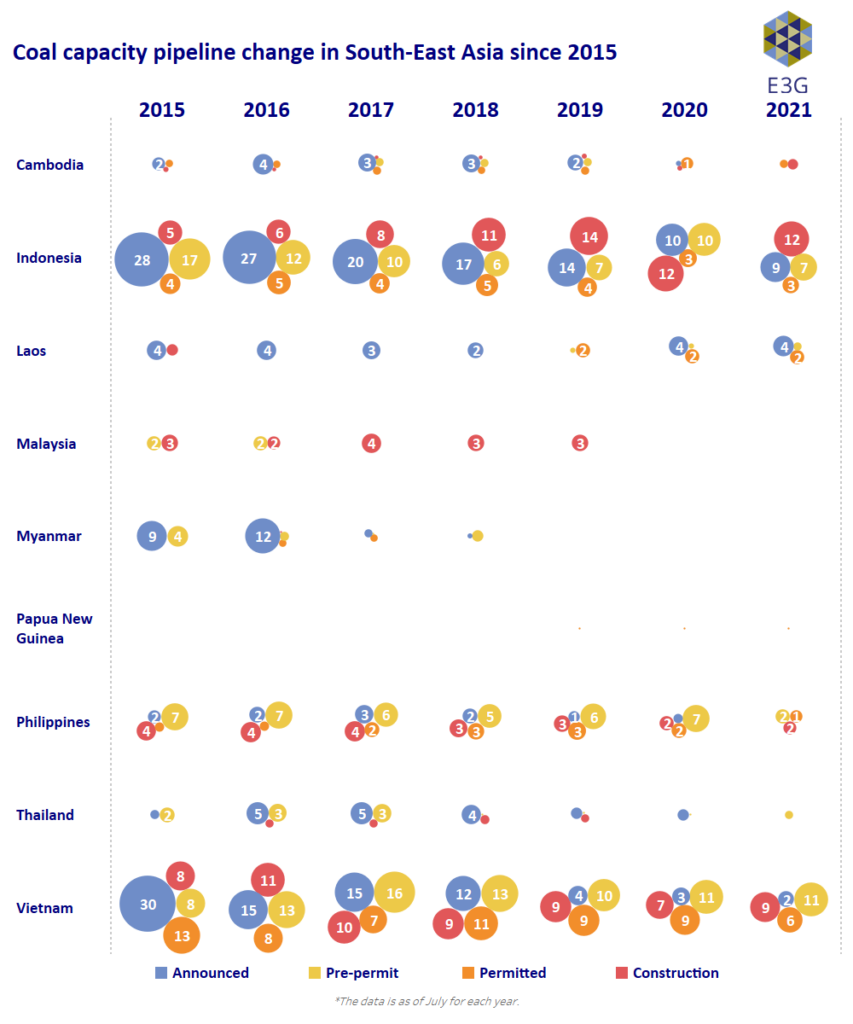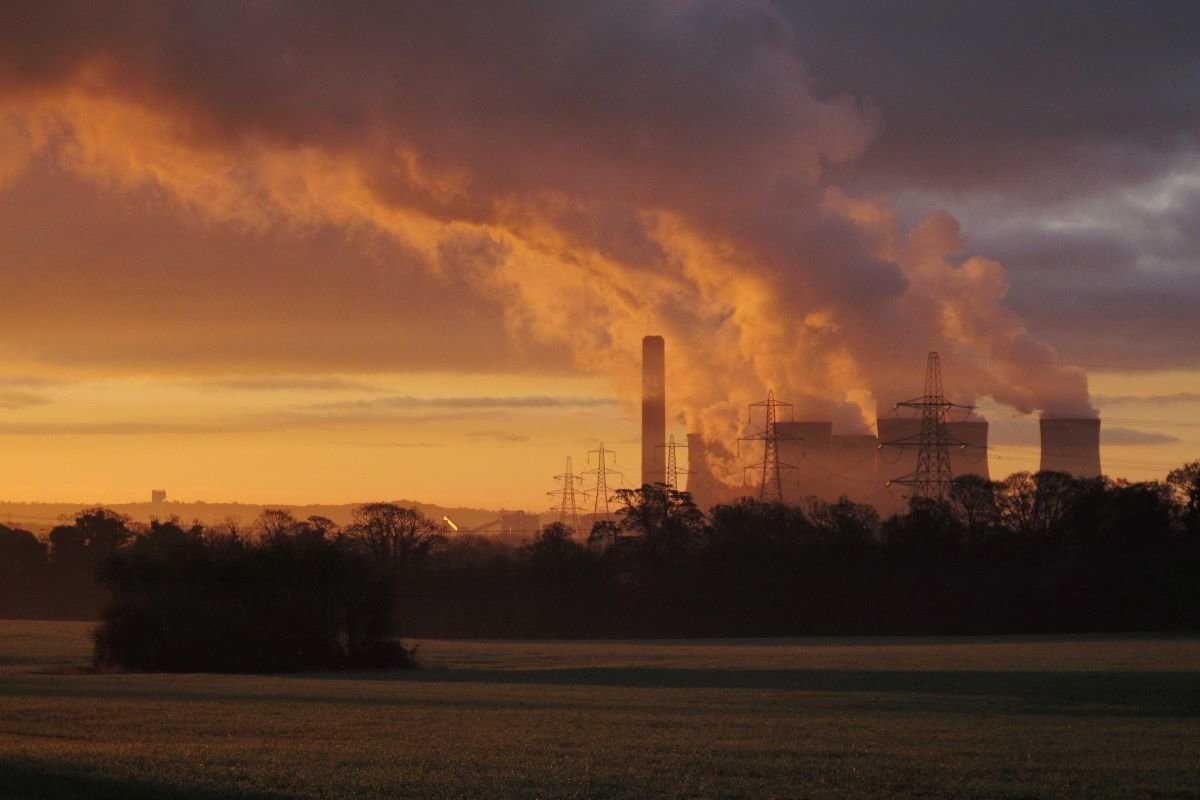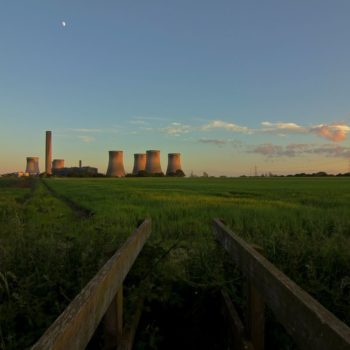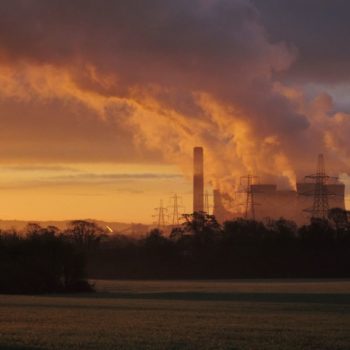- South-East Asia has seen a 63% decrease in the scale of the pipeline of proposed coal power plants since 2015.
- This represents a ratio of 3.1:1 between projects cancelled (102GW) and those that went into operation (33GW).
- The remaining 49GW of pre-construction pipeline is spread across seven countries. This is 42% of the non-OECD and 16% of the global pipelines.
- Regional leaders like Malaysia no longer have any projects under development, while others like Philippines and Viet Nam are moving away from new coal.
- Cambodia, Indonesia, Laos, and Thailand can follow the lead of their regional peers and commit to no new coal construction.

Figure 1: Pipeline capacity change in South-East Asia since 2015. Click to expand.
In 2015, 11 countries (Cambodia, Indonesia, Laos, Malaysia, Myanmar, Papua New Guinea, Philippines, Thailand and Viet Nam) in South-East Asia were considering new coal, with a pre-construction pipeline of 134GW. This has now reduced to nine countries, with a pipeline of 49GW, a 63% decrease (Figure 2). This represents a ratio of 3.1:1 of projects that were cancelled exceeding those that eventually entered into operation. The remaining pre-construction pipeline accounts for 16% of the global pre-construction total, or 42% in the non-OECD, with an average of 7GW per country.

Figure 2: Coal capacity pipeline change in South-East Asia since 2015. Click to expand.


